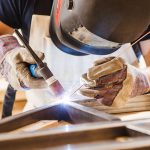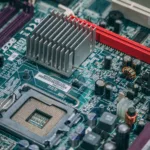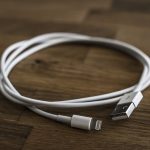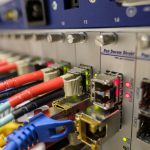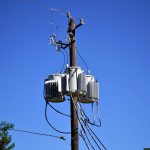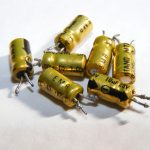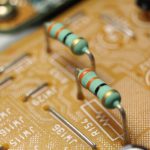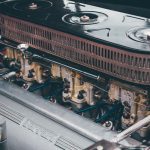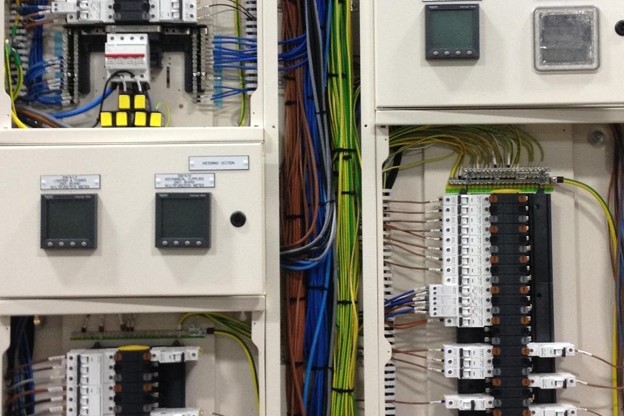
3-phase distribution board plays an important role in distributing electrical power to other electrical circuits that are secondary. Since they deal with such huge amounts of electrical power, it is obvious they need some degree of protection. This protection can be provided by a fuse or a breaker. in the UK distribution boards are also often called by the name of consumer units. Both of these terms are not completely the same but they do perform some similar functions.
As already stated, the distribution board distributes the electrical power of the main circuit to other secondary circuits. The circuit protection devices of these sub-circuits will be enclosed in one casing. But there are some distribution boards out there that might not be fully enclosed. Most workplaces rely on a strength distribution board to divide and direct a single supply of outside energy to more than one smaller circuit across the construction. In lots of these settings, the boards will be enclosed for protection. This enclosure is regularly referred to as a fuse field. Distribution boards may also wary in phases like a 3-phase distribution board about which we will learn moving forward.
Difference Between Distribution Board and Consumer Unit
Frequent users of electronic panels may confuse distribution boards with consumer units. Another factor that adds more to the confusion is that distribution boards are sometimes called consumer units.
There’s a technical difference between them, noticeable to those using these devices for specific purposes. In simple words, we can say that a consumer unit is one type of distribution board. Which means that every consumer unit is a distribution board but not every distribution board can be a consumer unit.
You will most commonly find the consumer units in the building of the UK. They can be recognized easily as containing many breakers or fuses that are enclosed in a metal or plastic casing. They are used in the building to distribute the electrical power from the main source to various specific areas. In this experience, a customer unit is truly a distribution board that has been authorized as an appropriate and safe electric powered panel layout to be used in normal place of work settings. 3-phase distribution board sizes may vary from other types of boards.
Types of Distribution Boards
The distribution boards come in various types of consumer unit panels.
- Main switch consumer gadgets are considered most of the most secure and most sturdy protective gadgets for incoming mains strength. All circuits are fully separated, and every is independently blanketed from earth leakage through RCBOs (residual current breaker with overcurrent protection)
- Dual RCD is another type of consumer unit that provides less protection but still has some standardized uses. A pair of RCD breakers protects each of the two circuit banks included in a dual RCD consumer unit. Such breakers provide protection against fire, and getting electrocuted.
- Another type of consumer units is known as High integrity consumer units that are used in large buildings with many sub-circuits rooted out from the main power supply of the building. RCDs and RCBOs both are used in the protection of such consumer units. Schneider 3-phase distribution board are of high quality.
Electrical Phases
The electrical panels that distribute the power from main supply to sub-circuits are usually designed in the form of either single phase or 3-phase distribution board. These are named after the methods that they use to connect the outer mains power to the building. They have different advantages and disadvantages in certain situations.
The delivery of the single-phase power is done by the two wires that come into the fuse board. The single-phase power is efficient in balancing the power load throughout the network when there is demand for power at the same time from multiple sub-panels. This is common in most household power circuits. The 3-phase distribution board consist of 3 or 4 wires coming into the panels and are commonly used in industrial and commercial sectors. They are used most commonly for large building with large power demands or buildings with heavy load machinery like elevators, HVAC systems, and factory ovens etc. These are comparatively efficient in handling heavy power demands that is why 3 phase distribution board prices are more than single-phase distribution boards due to the difference in their capacity and usage demands.






